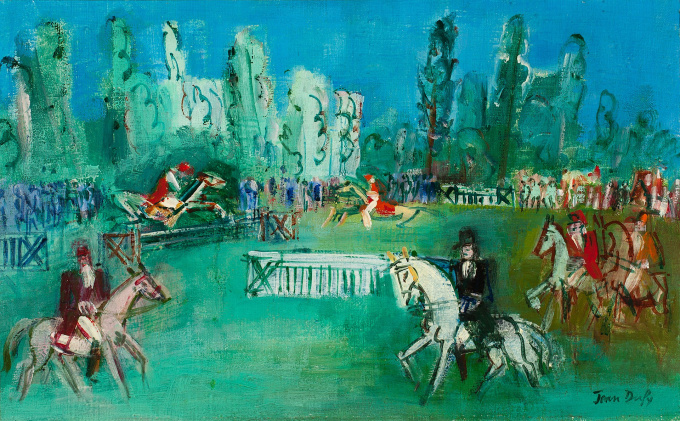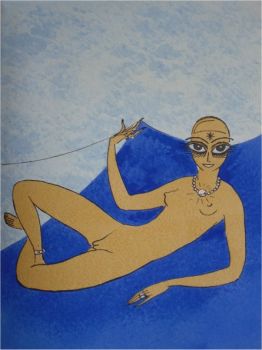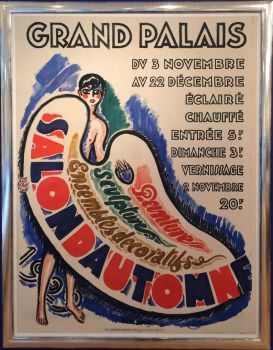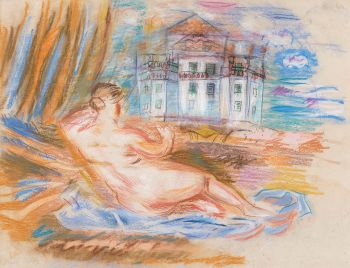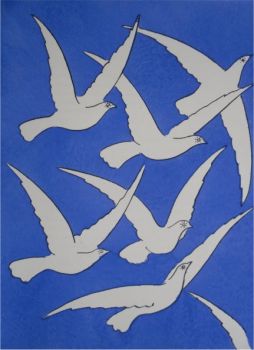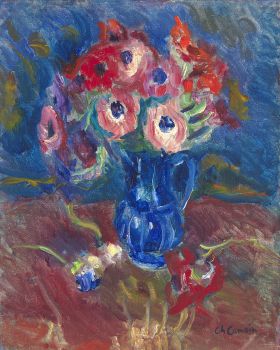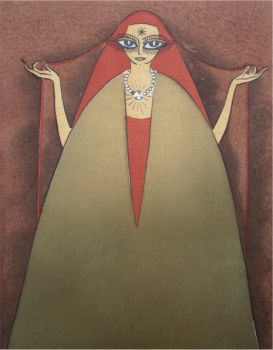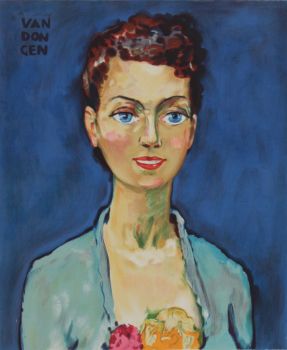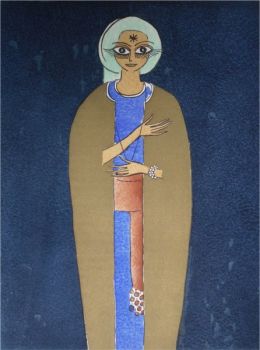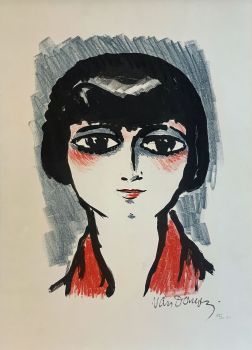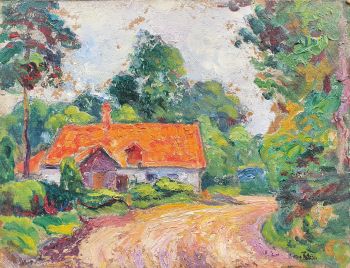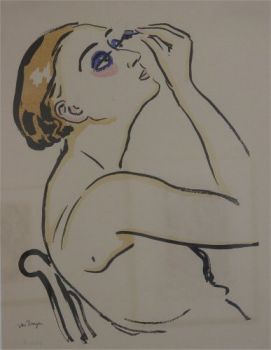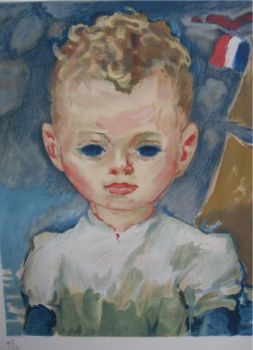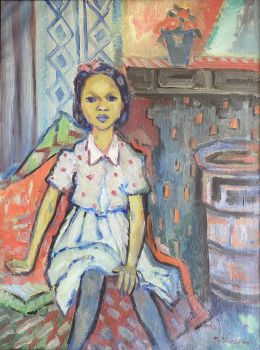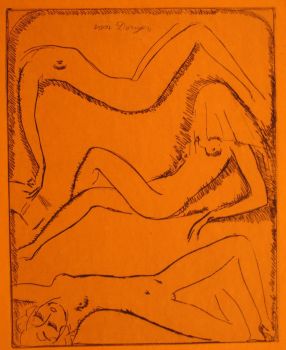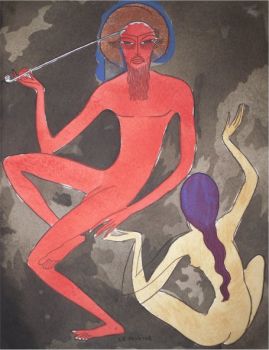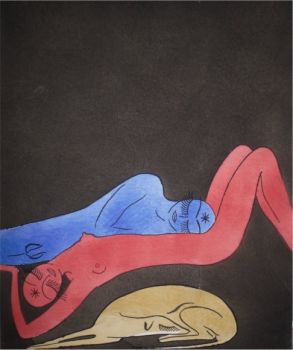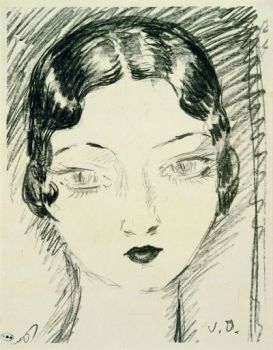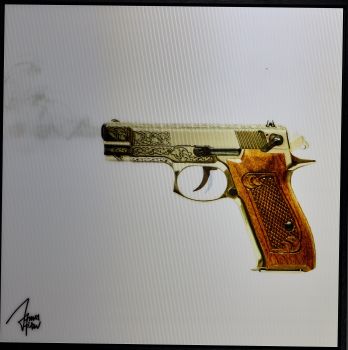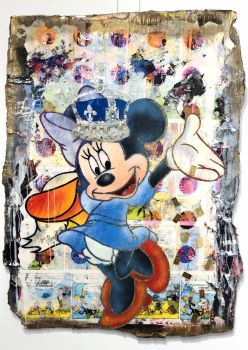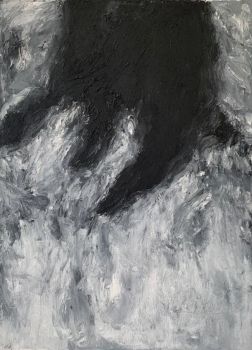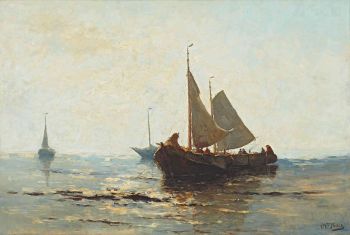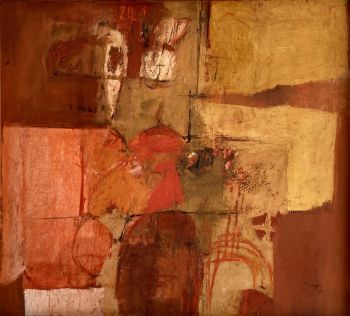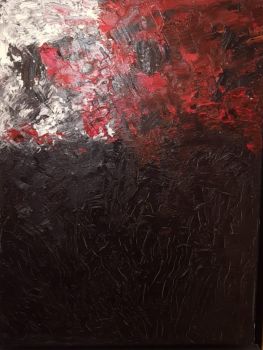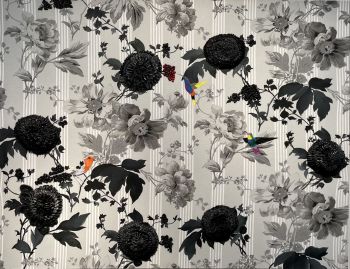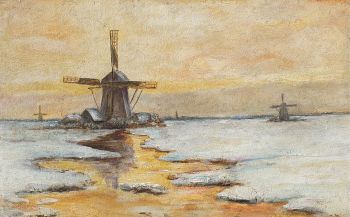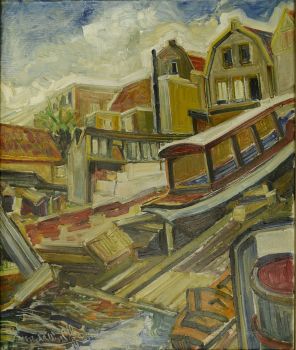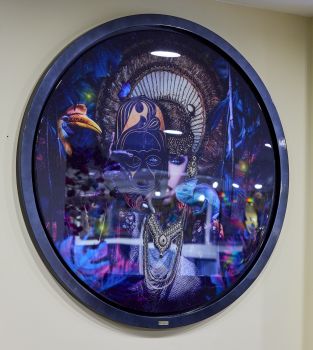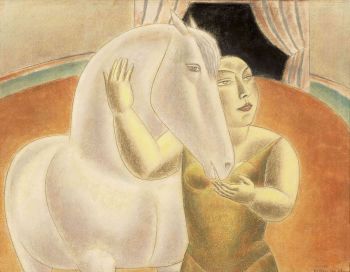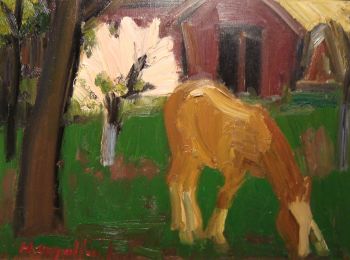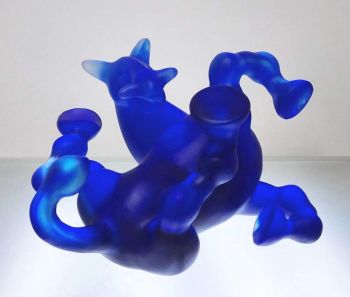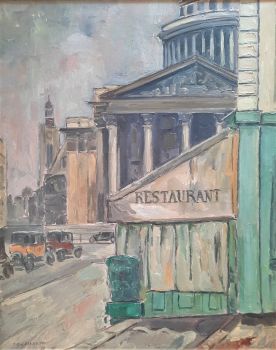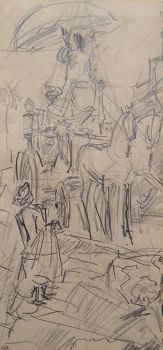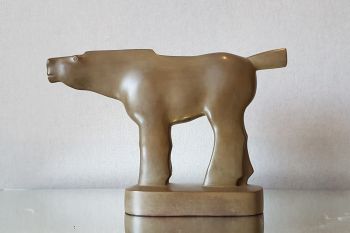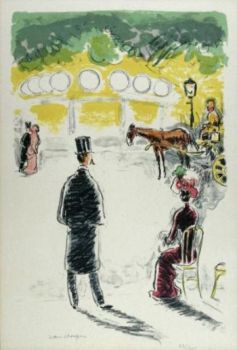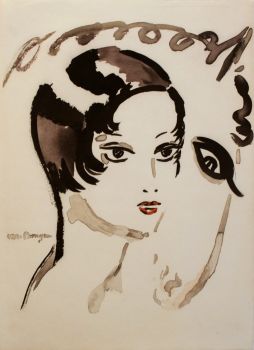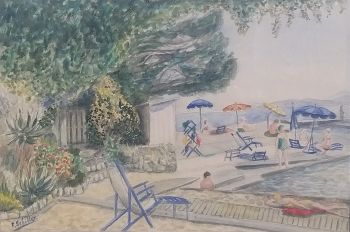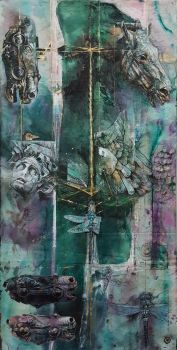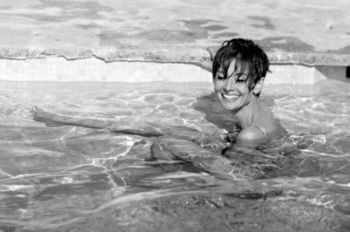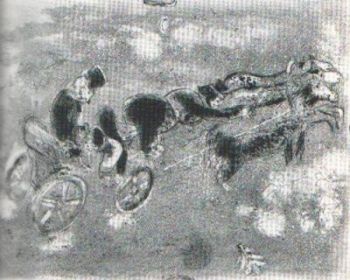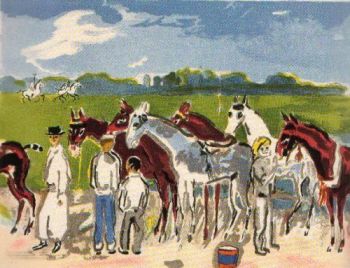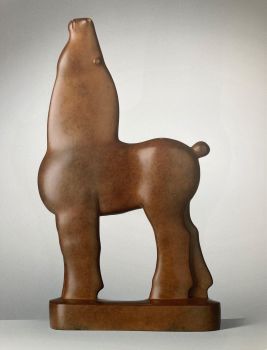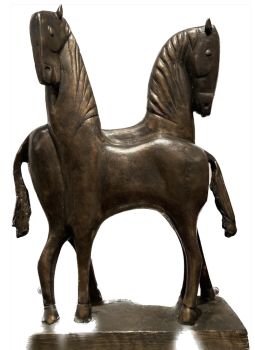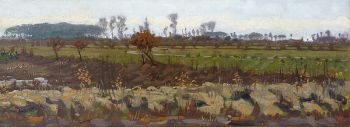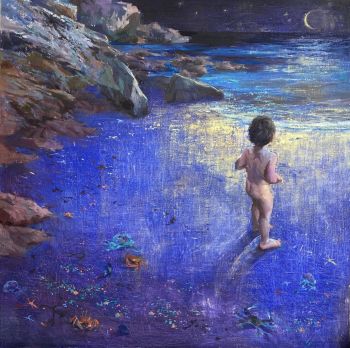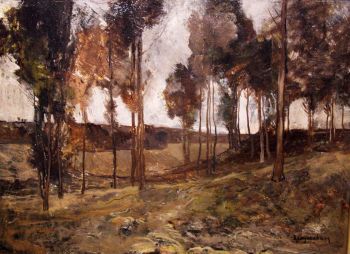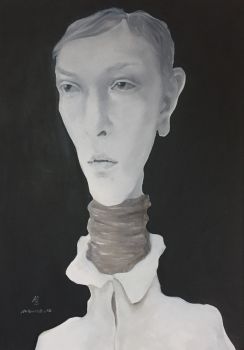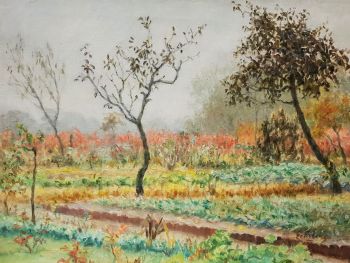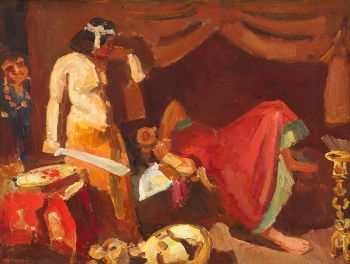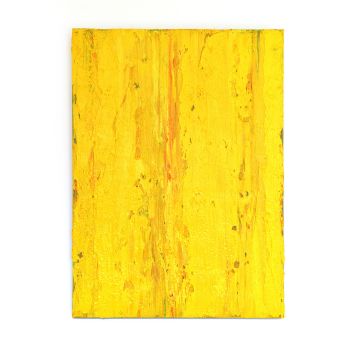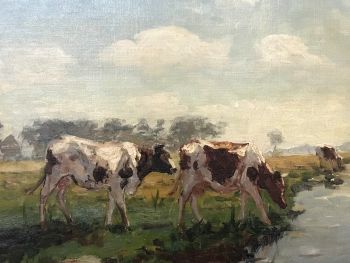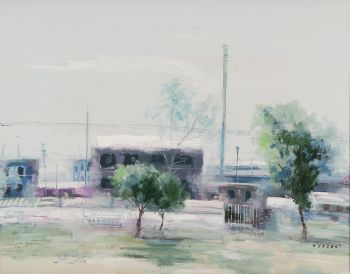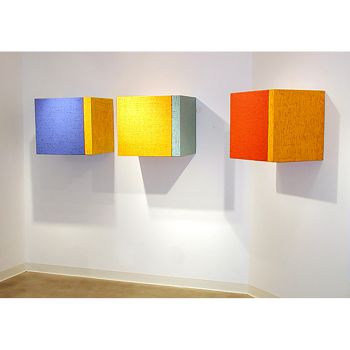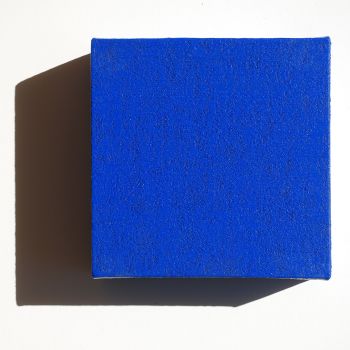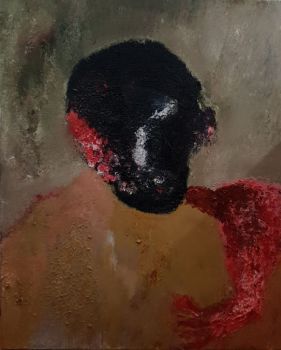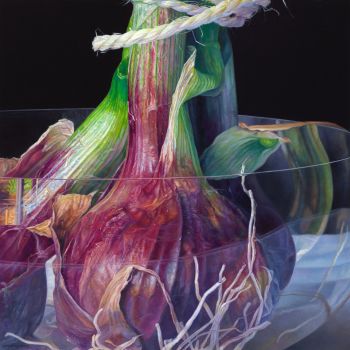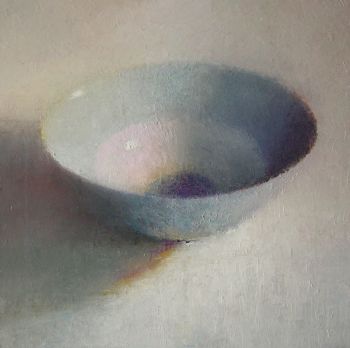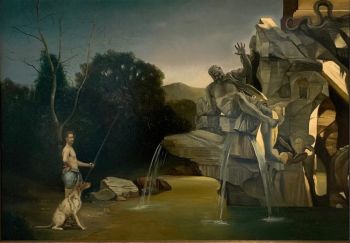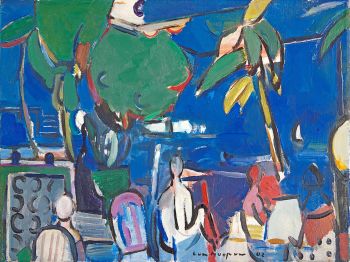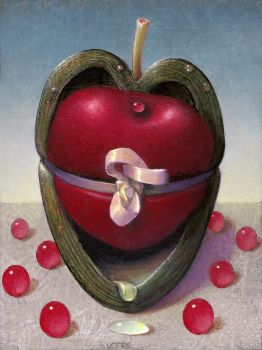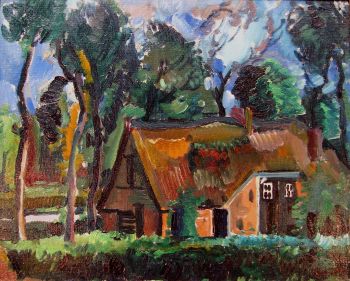Les courses d'Obstacles 1888 - 1964
Jean Dufy
Oil paintPaint
40 ⨯ 62 cm
Currently unavailable via Gallerease
- About the artworkJEAN DUFY (1888 – 1964)
Les courses d'Obstacles
Jean Dufy was a French painter of Parisian society, country scenes, circuses, horse races, stages, and orchestras. He was born in Le Havre, on March 12, 1888 into a large family. His older brother was the well-known painter Raoul Dufy, who became a mentor throughout Jean’s career. Jean Dufy had received formal education at the École Primaire Supérieure du Havre. In 1920 Dufy settled in the artist quarter Montmartre, next door to Georges Braque. Braque, a friend of his brother Raoul Dufy, encouraged him to experiment with the Cubist style. Another of Raoul's friends, Othon Friesz, exposed him to the Fauve movement. He also spent time there with Picasso, Apollinaire, and Derain, among others. After settling in Montmartre, Dufy participated in many exhibitions which reflected the music and art of Parisian culture after the war. Dufy created colorful paintings of circuses and clowns, as well as Parisian street scenes including horse-drawn carriages, the gates of Paris, the Eiffel Tower, and the bridges of the Seine. - About the artist
Jean Dufy (Le Havre, 1888 – Boussay, 1964) was a French painter of Parisian society, country scenes, circuses, horse races, stages, and orchestras. Dufy was born in Le Havre in 1888. His older brother, Raoul, was ten years older than Jean and, by the time Jean was training at Le Havre’s École des Beaux-Arts, Raoul was already a well known artist working in Paris. Jean followed his brother to the capital in 1912, where Raoul took him under his wing, introducing him to his circle of Post-Impressionist friends including Derain, Braque and Picasso.
By 1914 his first exhibition was organized, but it wasn’t until after the First World War, when he lived in Montmartre, that the characteristic vibrancy of his palette and brushstroke emerged with his iconic portrayals of musicians and orchestras like Musical Fantasia (1927), and his later Parisian cityscapes like Rue Royale (c. 1950) and Ile de la Cité (c. 1953-55). His porcelain design, Chateaux de France, won a gold medal at the International Exhibition of Decorative Arts in 1925. Dufy would return to his native Normandy until the end of his life and spend periodes in Southern France. As a young man he had served aboard the transatlantic liner La Savoie as a secretary, and his depictions of the sea and ports in works such as Terrasse Fleurie a Villefranche-sur-Mer (1926) are among his best work.
Artwork details
Related artworks
- 1 - 4 / 24
- 1 - 4 / 24
- 1 - 4 / 24
Willem van Konijnenburg
Landscape in Limburg, the south of the Netherlands1868 - 1943
Price on requestKunsthandel Pygmalion
1 - 4 / 24

